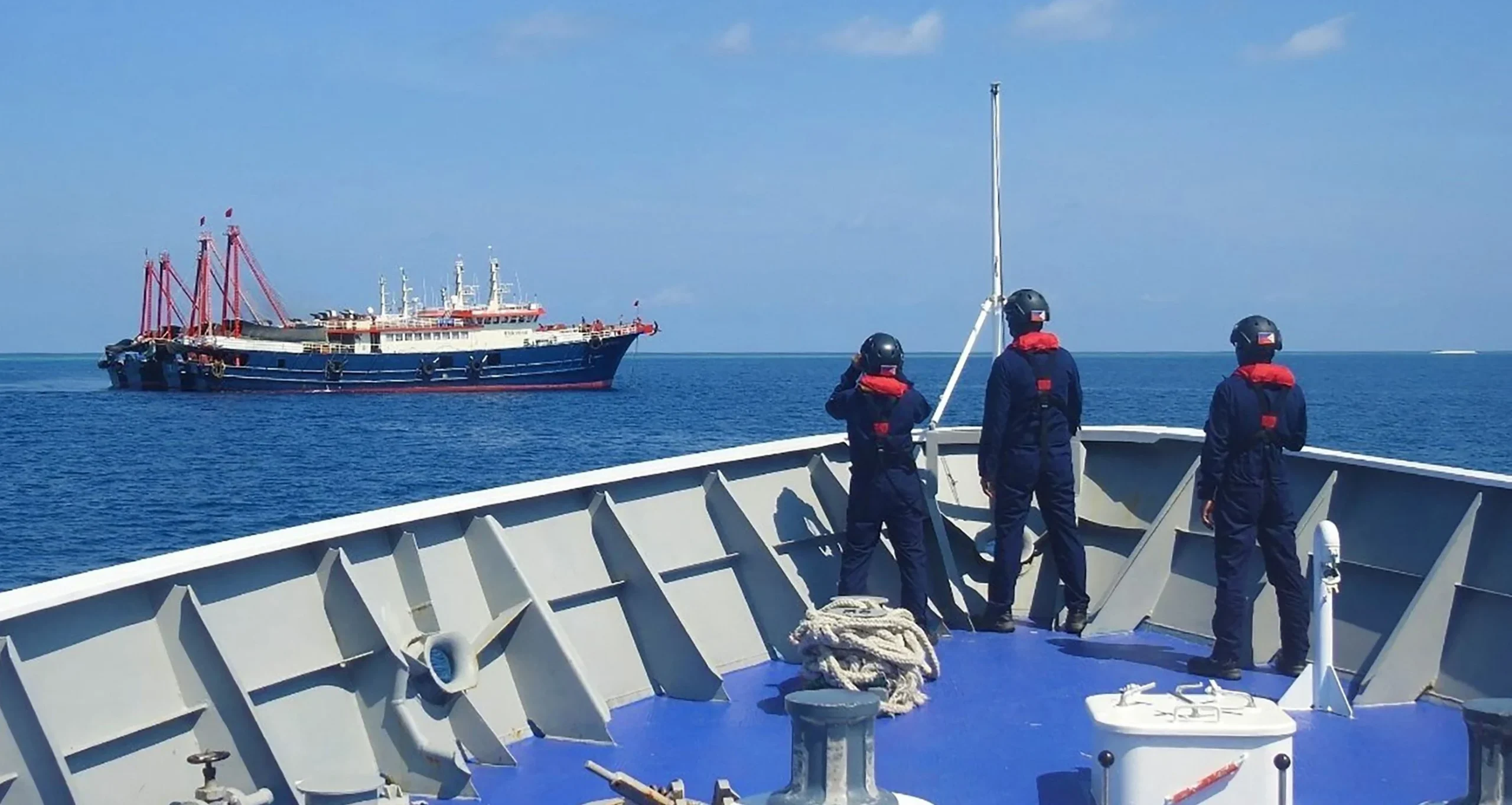CHINA COAST GUARD RAMS PHILIPPINE VESSEL NEAR THITU ISLAND, MANILA PROTESTS

Clash at sea raises risk of wider confrontation
A Chinese coast guard ship used high-pressure water cannon and then rammed an anchored Philippine government vessel near Thitu Island in the South China Sea, Philippine authorities said Sunday. The incident, which Manila called a “dangerous provocation,” occurred off a small island inhabited by Filipinos and claimed by Beijing. Photos from the Philippine Coast Guard showed torrents of water hitting the vessel before the collision. The Philippine boat sustained damage but no serious injuries were reported. Manila lodged a diplomatic protest and vowed to maintain patrols; Beijing has not publicly acknowledged fault and maintains expansive claims bounded by its “nine-dash line,” rejected by a 2016 Hague tribunal ruling.
The flare-up underscores how routine presence missions can become flashpoints as rivalries intensify. Thitu (Pag-asa) hosts a small civilian community, airstrip and garrison, making it symbolically and strategically important. China’s coast guard and maritime militia have increased patrols near Philippine-held features, while Manila has expanded resupply missions to the Second Thomas Shoal, where its marines are stationed on the grounded BRP Sierra Madre. Washington, bound by a mutual defense treaty with the Philippines, has repeatedly warned that attacks on Philippine public vessels could trigger consultations. Regional states fear a miscalculation could spiral into a broader crisis, disrupt commercial shipping lanes, and complicate fisheries management and energy exploration.
What happens next will hinge on deterrence and diplomacy. Manila is likely to publicize damage assessments, release more imagery, and coordinate with allies for joint sails or exercises. Beijing may counter with additional patrols, radio warnings and legal statements asserting jurisdiction. Risk-reduction steps—hotlines, advance notice of patrols, and rules on water-cannon use—remain thin. Insurance costs for commercial operators could rise if confrontations spread, adding to inflationary pressures. For now, both sides appear keen to assert presence without crossing into armed conflict, but each incident resets the threshold. The episode will test ASEAN’s crisis-management relevance and whether external guarantors can keep gray-zone coercion from tipping into a shooting war.




















